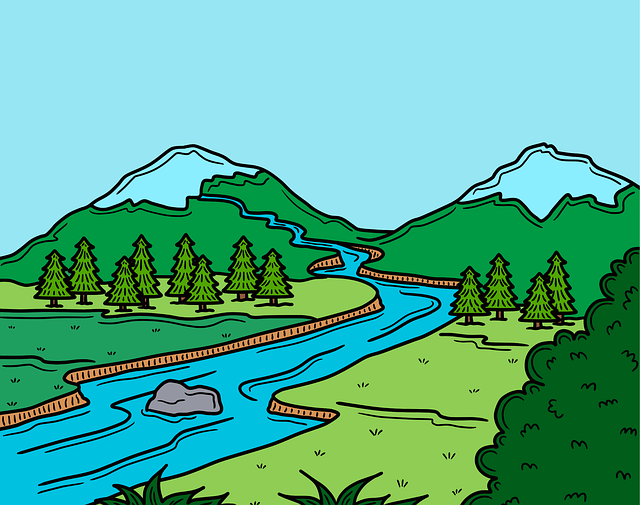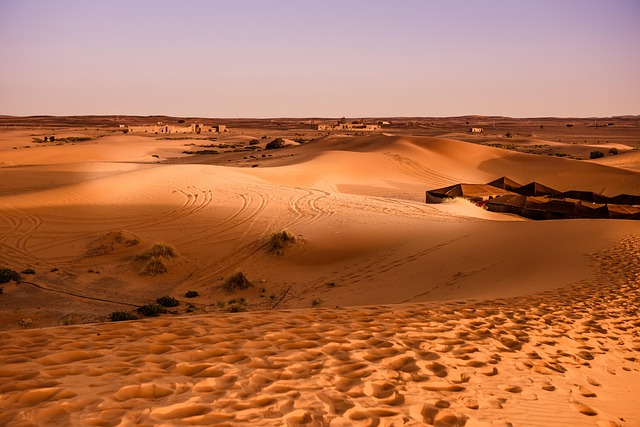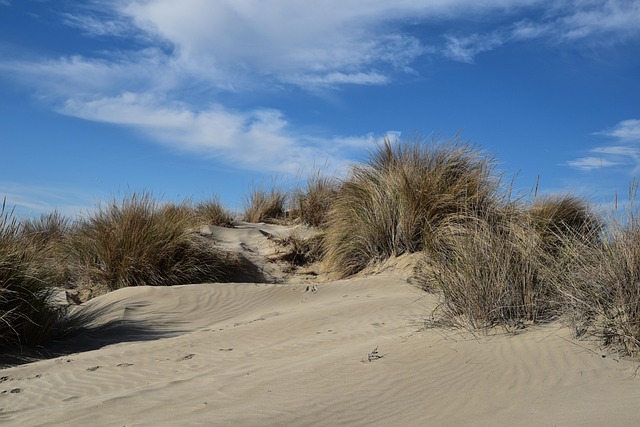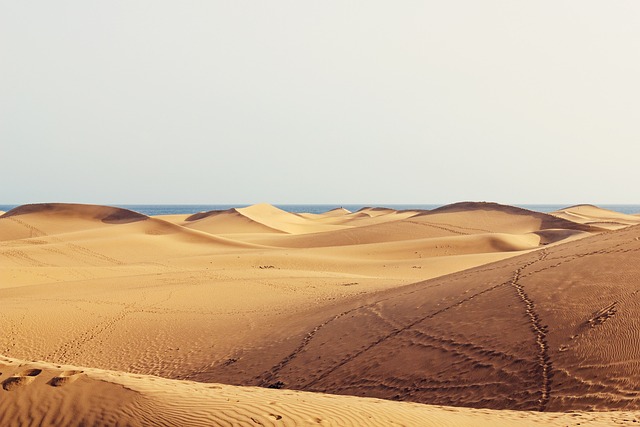Oregon's coastal areas display rich biodiversity with unique ecological conditions supporting diverse habitats from grasses to forests. Rare plant species like beach peas and coastal sagebrush thrive here. It's a vital breeding ground for birds, marine mammals, and reptiles, highlighted by the Oregon Dunes National Recreation Area. This park showcases dynamic dune environments teeming with flora and fauna, including adaptive plants and burrowing animals. Strict regulations protect this delicate ecosystem, attracting nature enthusiasts and offering a sustainable balance for future generations.
Oregon Dunes National Recreation Area is a treasure trove of diverse flora and fauna, showcasing the state’s remarkable coastal ecosystems. This park, with its ever-shifting sand dunes, supports an intricate web of life. From rare plant species thriving in harsh conditions to elusive wildlife making their homes among the dunes, it offers a captivating exploration of nature. Discover how these unique environments foster biodiversity and learn about conservation efforts to preserve Oregon’s coastal botanical wonders and their precious inhabitants.
- Exploring Oregon's Coastal Botanical Wonders
- Dune Ecosystems: A Haven for Wildlife
- Native Plants and Their Adaptive Strategies
- Animals of the Dunes: From Tiny Invertebrates to Majestic Birds
- Preserving the Delicate Balance of Oregon Dunes Park
Exploring Oregon's Coastal Botanical Wonders
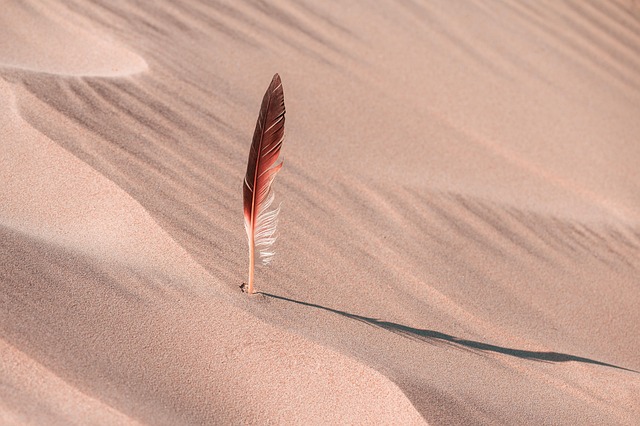
Oregon’s Coastal Botanical Wonders are a testament to the state’s rich biodiversity and unique ecological conditions. The park is home to an extensive array of plant life, from rugged coastal grasses to lush coniferous forests that line the shoreline. Exploring these Oregon coastal ecosystems reveals a vibrant tapestry of flora, offering a sanctuary for diverse fauna as well.
The diverse habitats within the park, shaped by the relentless tides and powerful ocean winds, support a wide range of species. This includes rare plant varieties that have adapted to the challenging conditions, such as the resilient beach pea and the salt-tolerant coastal sagebrush. Moreover, the coastal areas are crucial breeding grounds for various bird species, marine mammals, and even certain reptiles, making Oregon Dunes National Recreation Area a haven for nature enthusiasts and a vital conservation zone.
Dune Ecosystems: A Haven for Wildlife
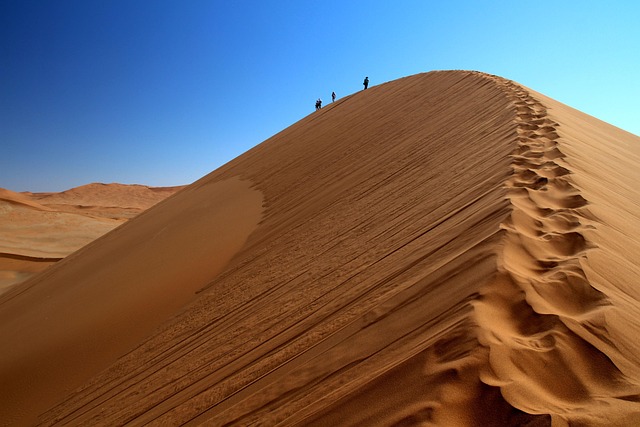
The Oregon Dunes National Recreation Area is renowned for its breathtaking coastal ecosystems, where unique and dynamic dune environments thrive. These ever-shifting sand dunes are not just visually stunning but also serve as a crucial habitat for a diverse array of flora and fauna. The park’s dune ecosystem supports an impressive variety of wildlife, many of which have adapted specifically to this harsh yet vibrant environment.
From rare plant species that cling to the dune tops to burrowing animals that make their homes beneath the shifting sands, every element of this ecosystem plays a vital role. Birds of prey soar above, taking advantage of the unobstructed aerial views for hunting, while small mammals scurry along the margins, seeking shelter and food among the unique vegetation. This delicate balance ensures that Oregon Dunes National Recreation Area remains a thriving sanctuary for coastal ecosystems and the remarkable wildlife that call it home.
Native Plants and Their Adaptive Strategies
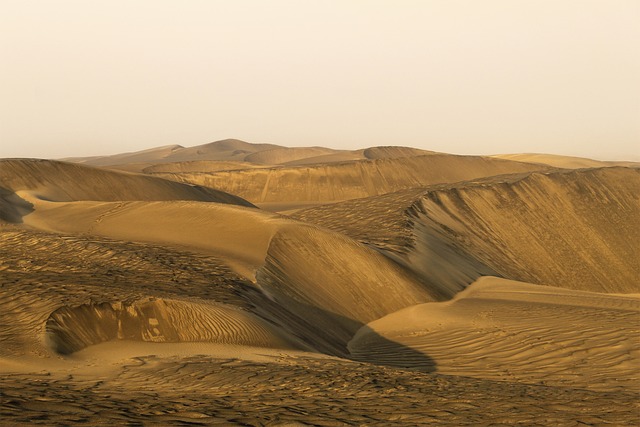
The diverse flora in Oregon Dunes National Recreation Area showcases remarkable adaptive strategies suited to the unique conditions of the Oregon coastal ecosystems. Many native plants, such as certain species of sagebrush and wildflowers, have developed robust root systems that allow them to withstand frequent sand movement and strong winds. Others have evolved vibrant colors and aromatic compounds to attract pollinators, ensuring their survival in this rugged environment.
These adaptive strategies are integral to the park’s biodiversity, providing food and habitat for a wide array of fauna. The resilient vegetation contributes to the overall health of the Oregon coastal ecosystems, creating a sustainable balance that supports both plant life and animal inhabitants within the ever-changing dune landscape.
Animals of the Dunes: From Tiny Invertebrates to Majestic Birds
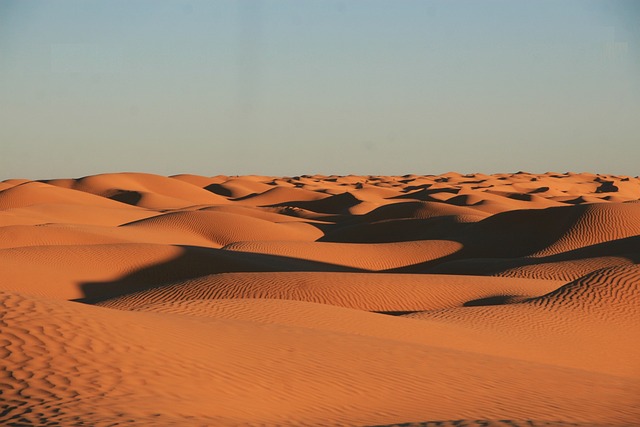
The Oregon Dunes National Recreation Area is a haven for an array of flora and fauna, showcasing the unique biodiversity of the state’s coastal ecosystems. Among the sand dunes, tiny invertebrates like spider crabs scurry, playing a vital role in maintaining the delicate balance of this environment. These creatures, often overlooked, form the foundation of the food chain, sustaining larger predators that call these dunes home.
Above the shifting sands, a diverse range of birds takes flight or perches atop the tallest peaks. From majestic golden eagles to curious shorebirds, Oregon Dunes offers a rich birdwatching experience. Their presence is a testament to the park’s thriving ecosystem, where each species contributes to the vibrant tapestry of life that flourishes in this remarkable coastal setting.
Preserving the Delicate Balance of Oregon Dunes Park
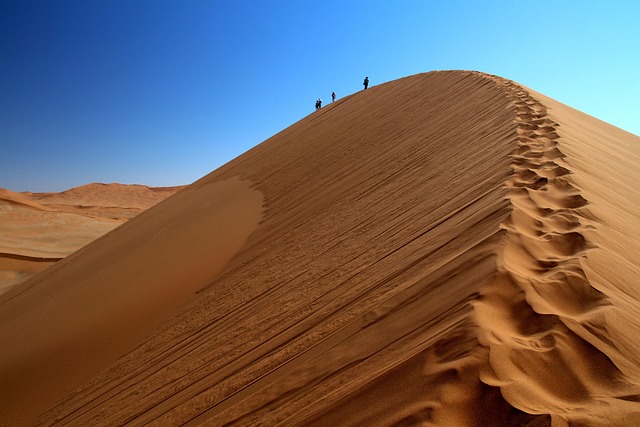
Oregon Dunes National Recreation Area is renowned for its unique and delicate ecosystem, where flora and fauna thrive in a balance that requires constant vigilance. The park’s vast sand dunes support an array of plant life, from hardy grasses to rare flowering species, each playing a crucial role in stabilizing the shifting sands. These plants not only hold the dunes together but also provide habitat and food for diverse wildlife, including birds, deer, and even rare reptiles.
Preserving this balance is paramount. Human activities can easily disrupt the Oregon coastal ecosystems, so strict regulations are in place to minimize impact. Visitors are encouraged to stay on designated trails and respect the natural environment. By doing so, they contribute to the park’s long-term health, ensuring that future generations can experience and appreciate the stunning flora and fauna of Oregon Dunes National Recreation Area.
